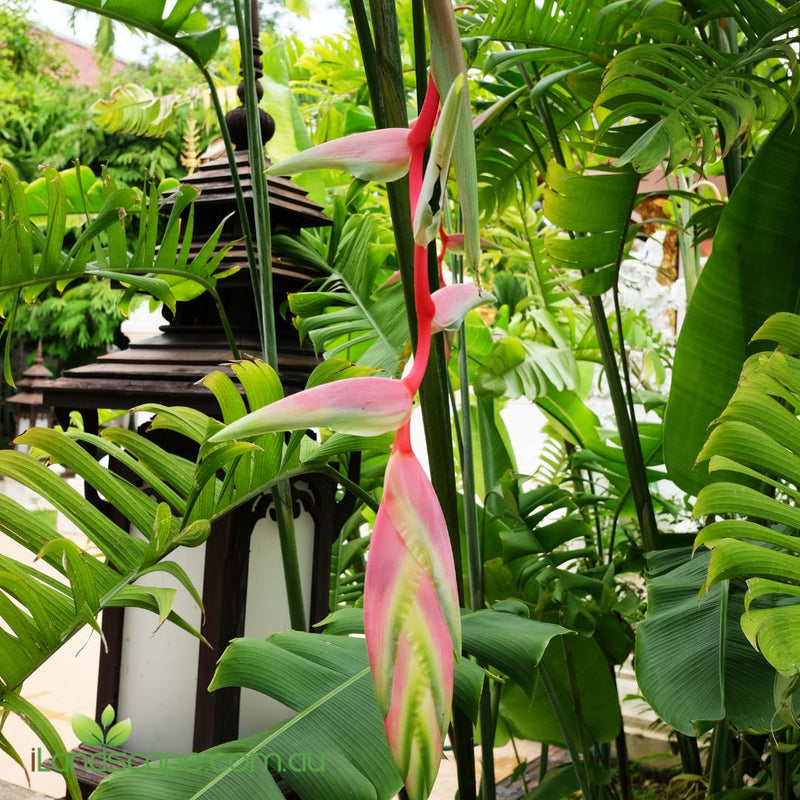
Top 10 Must-Have Tropical Plants for Queensland Gardens
Filters
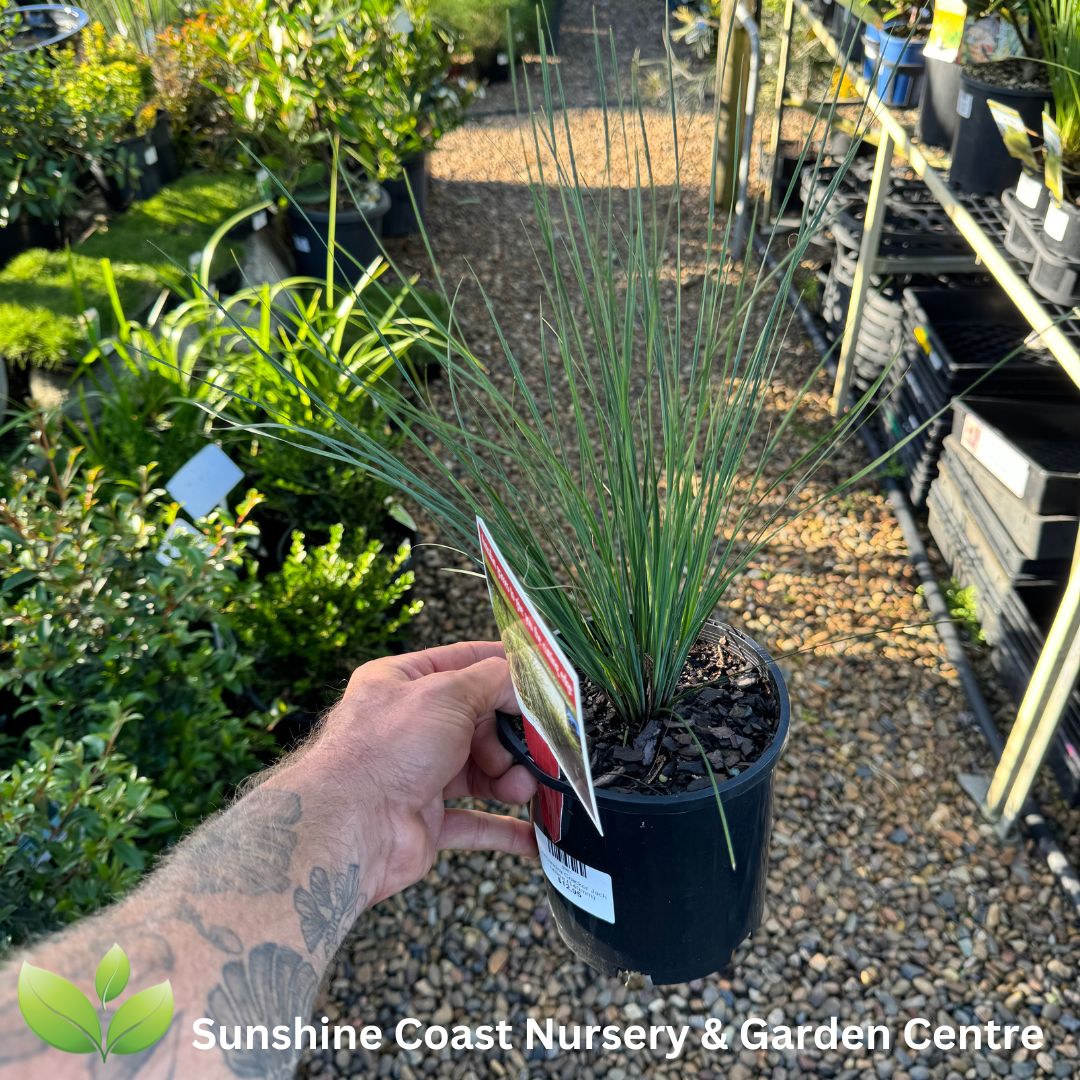
Lomandra Cracker Jack
lomandra Cracker Jack is an extremely tough small native grass that grows to approx 45cm tall and up to 1.0m wide. Foliage colour is blue green and matures to green in colour
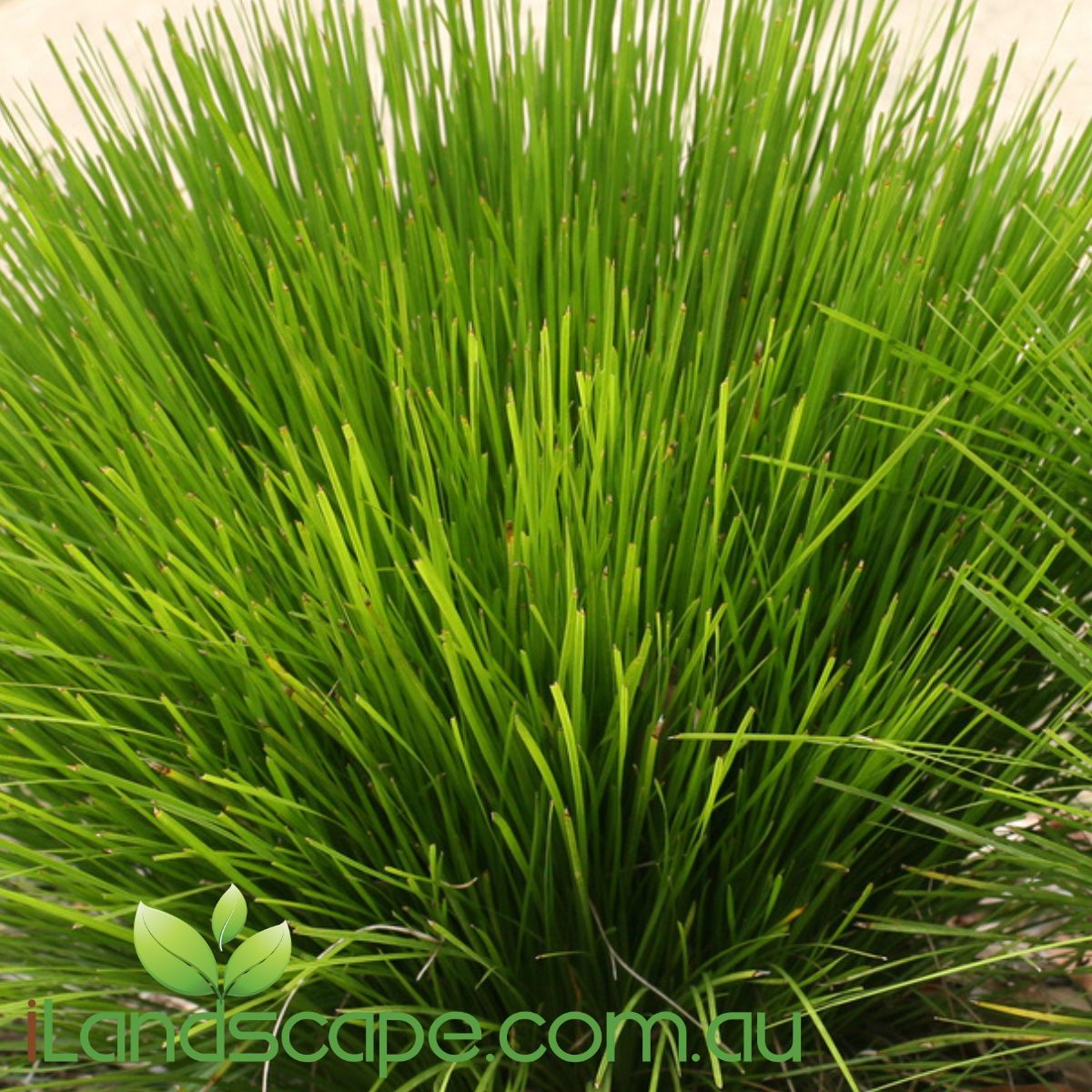
Lomandra Lime tuff
Lomandra Lime tuff produces lush lime green, strappy foliage in a compact form. Grows well in frost areas, Full Sun positions and in shaded areas which may be dry, for example under trees competing for nutrient and water. overall a very hardy, tough grassy plant that is perfect for borders, bio retention basins and areas where you want something to survive with out having to looking after it to much grows approx - 50cm high x 50 cm wide lomandra longifolia x confertifolia subsp.pallida
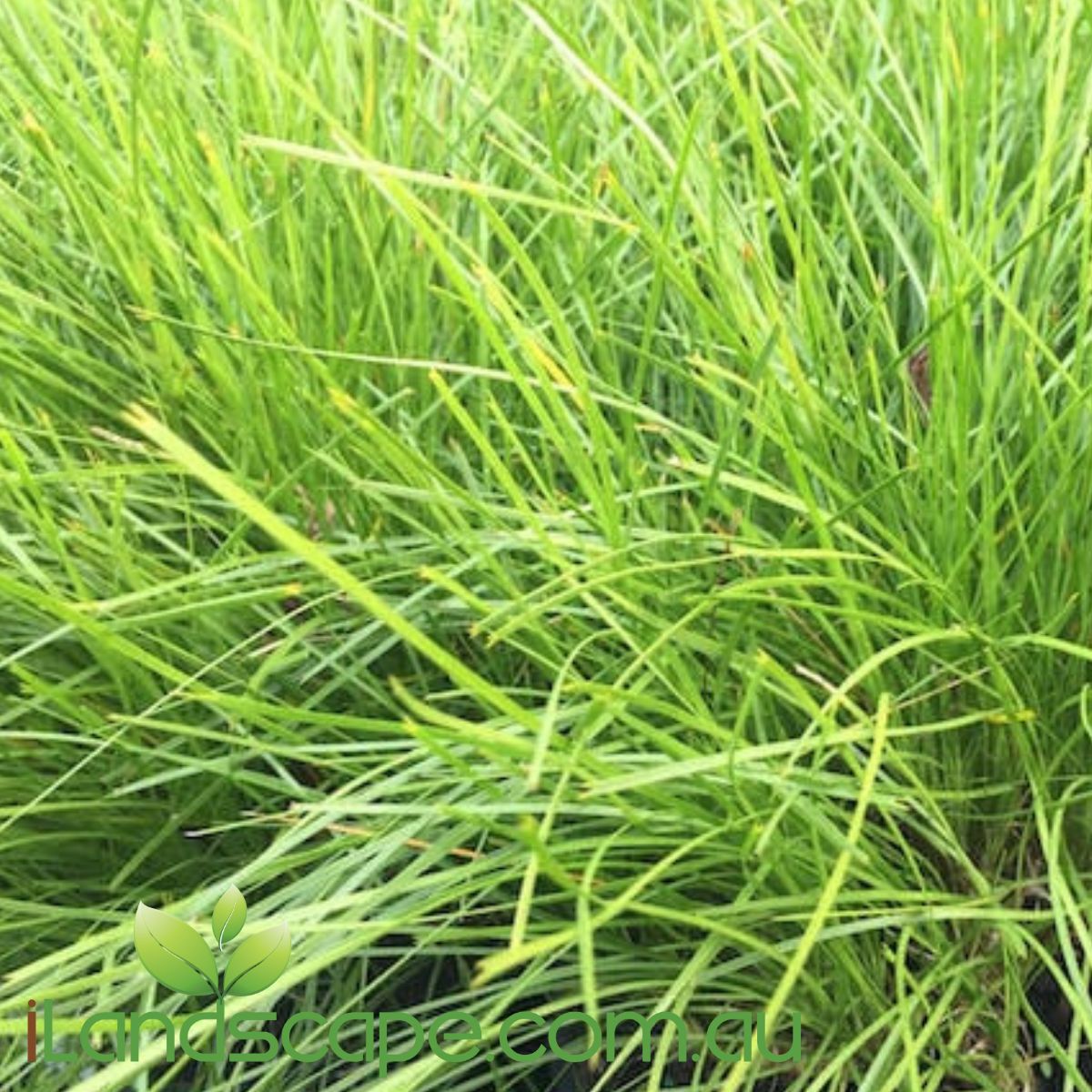
Lomandra Little Pal
Lomandra Little Pal is a compact fine leafed lomandra grass. bright green in colour and slightly weeping in look its a very hardy plant that wont require much looking after Grows well in frost areas, Full Sun positions and in shaded areas which may be dry, for example under trees competing for nutrient and water. overall a very hardy, tough grassy plant that is perfect for borders, bio retention basins and areas where you want something to survive with out having to looking after it to much grows approx - 50cm high x 50 cm wide
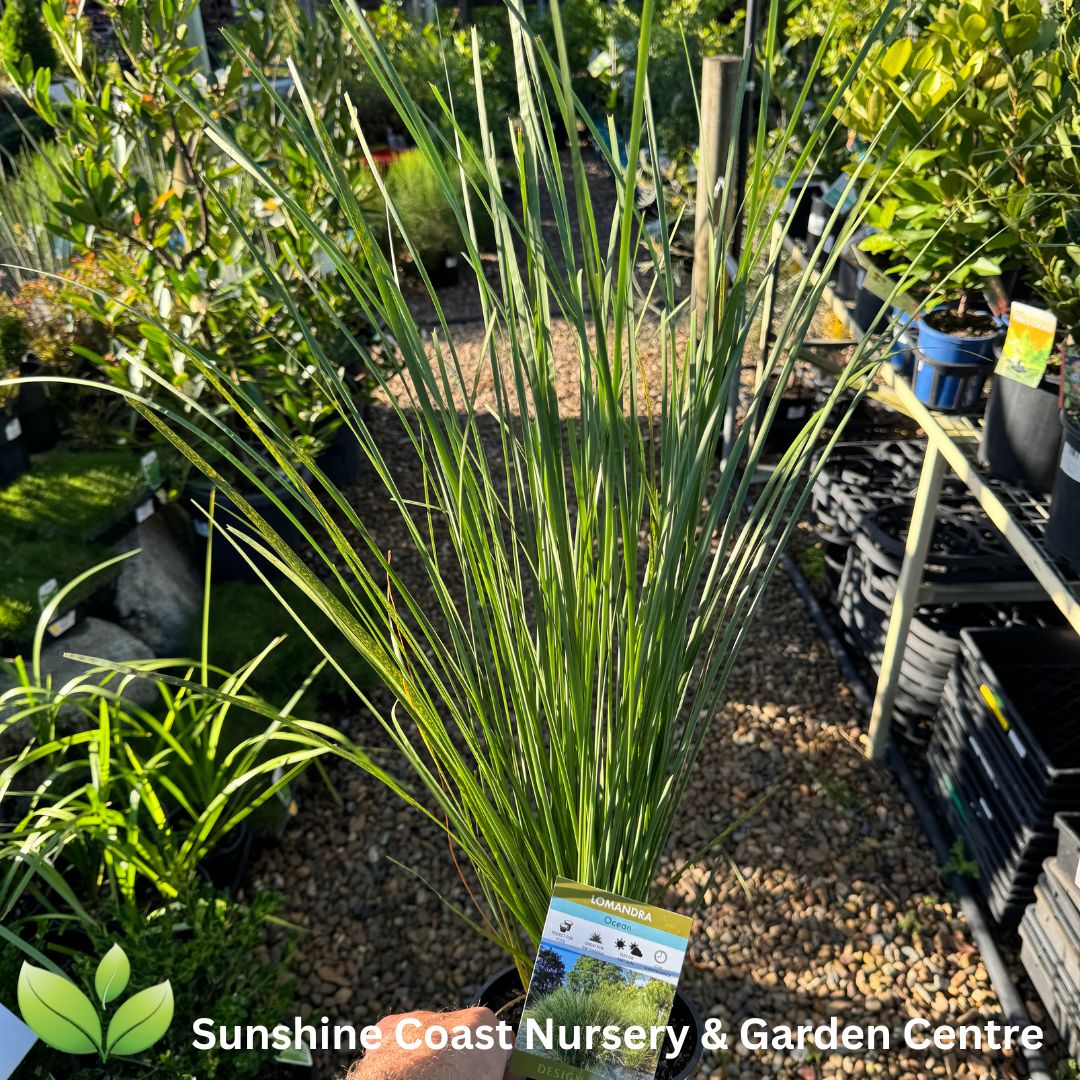
Lomandra Ocean
Lomandra Ocean, a native grass renowned for its resilience and beauty in seaside environments. With its blue-green foliage and compact growth habit, Lomandra Ocean forms a tufted mound, reaching approximately 1m x 1m if left untrimmed. Perfectly suited for sandy soils and coastal breezes, this versatile grass thrives in both full sun and partial shade.